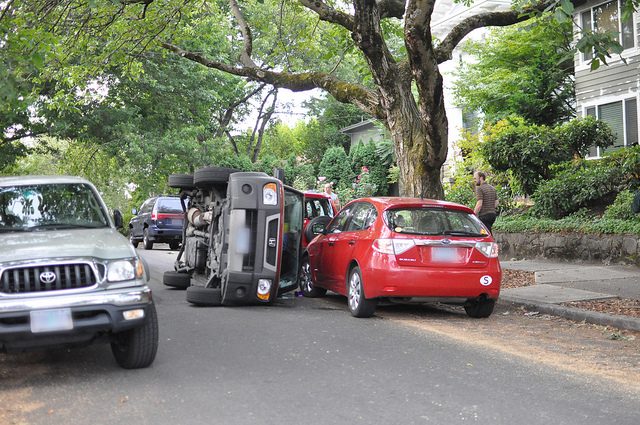In November 2015, a Grand Rapids, Michigan man was shot and was bleeding heavily. Instead of calling 911, he called an Uber.
Slow ambulance response times and the astronomical service fees that follow, have many individuals taking matters into their own hands, or phones actually. Individuals in need of emergency care are now picking up their smartphones, opening their favorite ridesharing app, and instead of adding their local bar as their destination, users are requesting to be dropped off at the nearest emergency room. Uber, in particular, has responded to this trend by creating a non-emergency transportation application to help healthcare providers, Uber Health.
Distressed people find themselves waiting long periods of time for an emergency vehicle to arrive. These slow response times have caused life-threatening obstacles for many individuals. In 2013, “the city of Detroit had fewer than 10 working ambulances. A 911 caller with a medical emergency was likely to wait 20 minutes or more for help to arrive,” according to the Altarum Institute. In 2014, Detroit had seen some of its worst response times in decades. In January 2014, the average response time of Detroit's Emergency Medical Services (EMS) was 18 minutes, as mentioned by, The Motor City Muckraker. But, the article also mentions that in 2015, The City of Detroit saw an increase from 12 to 25 EMS vehicles after Mayor Mike Duggan took office, and started an initiative to improve Detroit’s ambulance response time. The article also mentions that the initiative, which began in April 2015, saw response times surpassing the national average, dropping 10 minutes to 8 minutes and 30 seconds.
But even with improved emergency service response times, many individuals are still choosing ridesharing services over calling 9-1-1. Why? Ambulance rides are expensive! A deciding factor in choosing transportation for many individuals is how much it will cost them. People love Uber for the simple reasons that they can arrive at a destination quickly and without breaking their wallets. And when the price of an ambulance ride to the hospital can range from $600 to $1,000, according to the Department of Health and Human Services, it’s no wonder people prefer an Uber! According to the University of Kansas, “the use of Uber in cities across the country has reduced per capita ambulance volume by at least 7%,” likely because patients want to avoid the expensive ambulance ride with paramedics. The study looked at ambulance rates in 766 U.S. cities across 43 states from the time Uber was made available in the area from 2013-2015.
Although taking an Uber to the hospital may be much cheaper and at times faster, it might not be a medically sound decision to rule out an ambulance. A 5-star uber driver may provide bottled water and your choice of music but ambulances come equipped with trained professionals who provide life-saving care! Also, an emergency vehicle can legally impede traffic to race an individual to an emergency room, where ridesharing services cannot.
While Uber does not encourage using their services in place of emergency care, they have recognized the need for more efficient and easy to use transportation in the medical sector, and have introduced Uber Health. According to Uber, “Uber health is a technology solution for healthcare organizations that leverages the ride hailing power of Uber platform... the app allows hospitals and other healthcare professionals to request, manage, and pay for rides for others, at a scale.” Healthcare organizations use Uber Health to allow patients to request or schedule a ride to and from their place or treatment, and for staff to get to and from work, 24/7. Uber Health is currently available in the United States everywhere Uber is already available. According to The National Center for Biotechnology Information (NCBI), “services like Uber Health could help patients avoid missing appointments because of lack of affordable transportation.”
But it should be stressed again that Uber Health is not an alternative to calling 911, but rather an aid for healthcare providers to arrange higher quality transportation services for patients. Requesting ridesharing services instead of emergency vehicles because of slow EMS response times or hefty medical bills may put injured victims at a higher risk of not getting proper medical attention.
Calling an Uber to go to the ER for a paper cut is a better idea than calling an ambulance. But, taking an Uber to the ER after experiencing a heart attack may not be the best medical decision. No one likes going to the hospital or dealing with piling medical bills. The personal injury attorneys at The Michigan Law Firm, PC understand the frustration that injured victims feel and help them so they can focus on their recovery. Contact us at 844.4MI.FIRM for a free consultation.






















